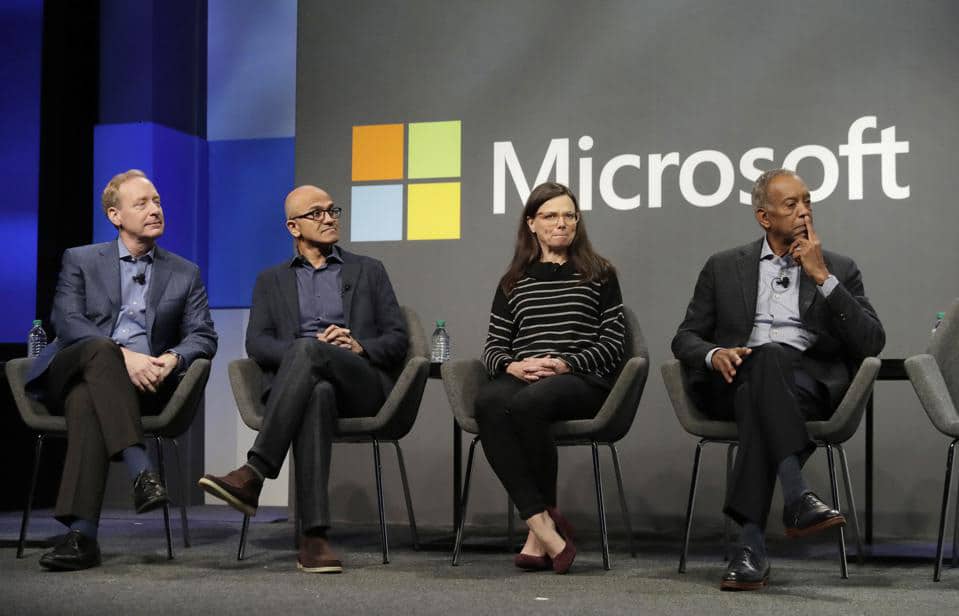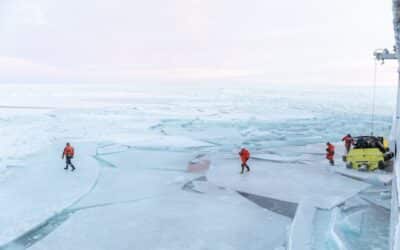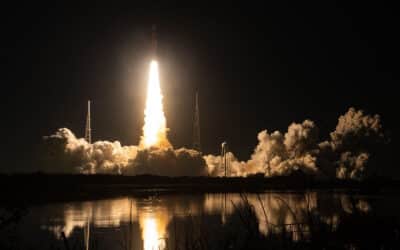by Anja Chalmin
CO2-based SYNTHETIC FUELS: NEW R&D COOPERATION AND PRODUCTION SITES
In May, Lufthansa Group signed a Letter of Intent with the ETH Zurich and its two spin-offs Climeworks and Synhelion. The partnership aims to accelerate the market launch of synthetic fuels (synfuels) for aviation by a joint research and development (R&D) program, striving to produce aviation synfuel at a demonstration scale. The proposed fuel production process involves extracting CO2 from ambient air with Climeworks’ Direct Air Capture (DAC) technology. The CO2 is then processed at a Synhelion refinery and, combined with H2, into synfuel. The entire production process is very energy intensive: The DAC process requires up to 11.2 GJ of thermal and electrical energy to capture one tonne of CO2; the refinery process involves temperatures of up to 1,500°C.
In June, Norsk e-Fuel AS announced the construction of a Power-to-Liquid plant in Herøya, Norway. The company aims to produce synfuels based on captured CO2, water and electricity, in cooperation with the Swiss Climeworks AG and the German Sunfire GmbH. Climeworks will provide the technology to capture CO2 from ambient air, and Sunfire its technology to produce syngas – a process requiring high temperatures and high pressure. In a third step, the syngas is converted into liquid synfuel via Fischer-Tropsch synthesis. Each individual production step is very energy intensive and therefore expensive.
In 2017, the Nordic Blue Crude AS had already published plans to produce carbon-based synfuels in Herøya. The commissioning of the plant was scheduled for 2020 but lately postponed to 2022. The production process is also based on the technologies provided by Climeworks and Sunfire, and Fischer-Tropsch synthesis. In April, Nordic Blue Crude AS described financing the pilot factory as its biggest task, the costs are estimated at € 70 to € 80 million. For financial reasons, the CO2 will be bought from a neighboring fertilizer factory (for € 30 per tonne of CO2 instead of € 600), but plans to use a small share of DAC-captured CO2 right from the start.
The California-based Prometheus Fuels, a synfuel company founded by Rob McGinnis, announced that he’ll be selling a small amount of synfuel in late 2020. In June 2020, BMW has invested US$ 12 million in the company.
CO2 removal pledges
During the past months, the number of fossil fuel-dependent corporations with offset programs and plans to support climate geoengineering has steadily increased. The aforementioned financial support for Project Vesta by Stripe is a recent example. Stripe announced additional investments for the following companies: CarbonCure’s approach to inject captured CO2 into wet concrete, Climeworks AG’s Direct Air Capture technology, and Charm Industrial’s approach to produce oil from biomass while capturing CO2 and injecting it underground.
Further examples of offset programs include:
- The Microsoft Corporation’s Climate Innovation Fund aims to accelerate the development of Carbon Dioxide Removal technologies on a global scale,
- Shell announced support for Carbon Capture and Storage (CCS) approaches,
- BP declared its intention to establish Carbon Capture, Use and Storage (CCS)-based value chains,
- HeidelbergCement aims to support CCS- and CCUS-based technologies,
- Southern Company plans to employ technology-based approaches, such as Direct Air Capture.
The proposed geoengineering approaches allow fossil fuel-dependent industries to continue business as usual, but they do not address the root causes of climate change. The differing geoengineering approaches come along with significant implications for land use and pollution, and unforeseeable risks for environment and society.
FURTHER GEOENGINEERING UPDATES
(BECCS) The Drax Project published a cooperation with Mitsubishi Heavy Industries Engineering, in June. Mitsubishi will install its CO2 capture technology at the Drax plant in autumn, aiming to test new solvents during a 12-months trial period.
(Biochar) The San Francisco-based company Charm Industrial aims to capture and store CO2 by transforming biomass in a pyrolysis process (500°C, no oxygen present) into biochar and oil, and injecting the pyrolysis oil into geological storage sites. Among the proposed biomass sources are wood, corn stover, rice straw, sugar cane bagasse and almond shells. Charm Industrial announced the beginning of the tests after Stripe’s announcement to fund the approach with US$ 0.25 M.
(CCUS) The Brooklyn-based Air Company brought the AIR CO Vodka on the market, a beverage based on air-captured CO2. The vodka (as well as further CCUS products) are marketed as CO2 storage options, despite their short product lifecycles. Once a product is consumed, most of the CO2 will be re-released to the atmosphere within a short period of time and the energy-intensive CO2 capture processes can even cause additional CO2 emissions.
(CCS with EOR) In Canada, the Alberta Carbon Trunk Line (ACTL) has been declared fully operational in June – following a ten-year construction period and many delays. The 240-km pipeline transports CO2 collected in the Redwater area, from Nutrien’s Fertilizer Facility and the newly constructed Sturgeon Bitumen Refinery, to Clive and Leduc area, where the CO2 is injected into the Clive and Leduc oil fields for EOR. According to Enhance Energy, the operator of the oil fields, these EOR activities could result in the recovery of up to 1 billion barrels of oil – this results in large quantities of additional CO2 emissions, about 118 million tonnes of CO2 – without considering the energy expenses for the extraction process and transport. Wolf Carbon Solutions constructed, owns and operates the CO2 capture and pipeline assets and plans to make the pipeline accessible for other CO2 suppliers and users. The Canadian Federal Government and the Alberta Government supported the ACTL with more than CAD 860 million of funding, the construction costs of the Alberta Carbon Trunk Line Project are estimated at CAD 1.2 billion.
(CCS) The Norwegian Northern Lights CCS Project is a full-scale pilot proposal for CO2 capture and storage, initiated by Equinor (former Statoil), Shell and Total. The partners aim to transport captured and liquefied CO2 over 700 km by ship from Oslo area to a hub near Equinor’s Kollsnes plant. From Kollsnes the CO2 will be sent offshore by a 110 km pipeline and injected into a depleted well in the Johansen formation, about 30 km offshore mainland Norway in the North Sea. The project partners expect the Norwegian government to fund the project with ~€ 2.5 billion, this amounts to 80% of the total project costs. The project is presently awaiting the financial investment decision by the Norwegian government. A recent study completed by two consultancies, Atkins Norge and Oslo Economics, recommends to downsize the CCS project for financial reasons, by limiting the CO2 capture to one industrial site. Initially, the project proposed three industrial sites and the latest proposal included two industrial CO2 sources.
(CCS) The commissioning of the Australian Gorgon CCS project was subject to the condition, that Chevron must capture and inject at least 80% of the CO2 emissions released at the site over a five-year period starting in July 2016. The natural gas production started in 2016, but the CCS project became operational in August 2019, due to several delays, caused by technical issues. Due to the large delays Chevron is probably not able to fulfill the admission requirement and may be forced to pay AUD 100 million for failure to capture CO2 emissions.
(CCS) The UK-based company Carbon Clean Solutions recently won £ 100 million in public funding to further develop their CO2 capture technology.
(DAC) Climeworks recently announced additional grants in the amount of € 66 million from various investors. According to a Swiss newspaper, most investors come rom Switzerland, Germany and Liechtenstein.
(Major Research Project) The ACT programme (Accelerating CCS Technologies as a new low-carbon energy vector) consists of 13 partner countries from Europe and North America. The consortium has so far mainly invested in CCS-related R&D, but announced about € 30 million for developing CCUS technologies in a call launched in June 2020.
Sources
ETC Group and Heinrich Böll Foundation (2020) Geoengineering Map, https://map.geoengineeringmonitor.org/
Heinrich Böll Foundation and ETC Group (2020) Geoengineering – Technical Briefings, July 2020



